Child Care Aware of America (CCAoA) welcomes guest blog post that provide essential insights and information about the child care field.
This guest blog post features a program in Johnson County, Kansas, that strengthens child care providers' emergency preparedness capabilities through planning and training supports and exercises that allow providers to test their plans.









